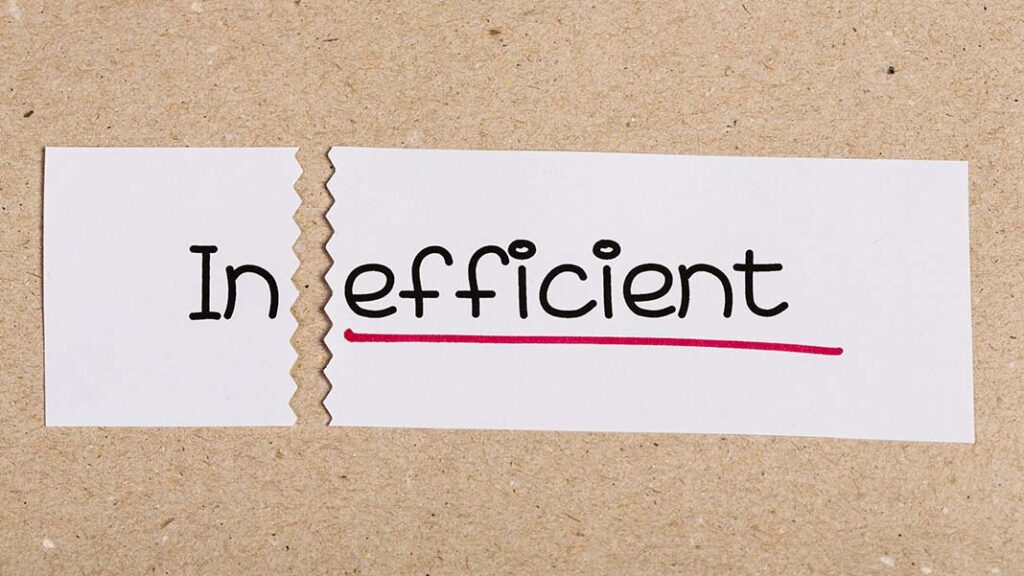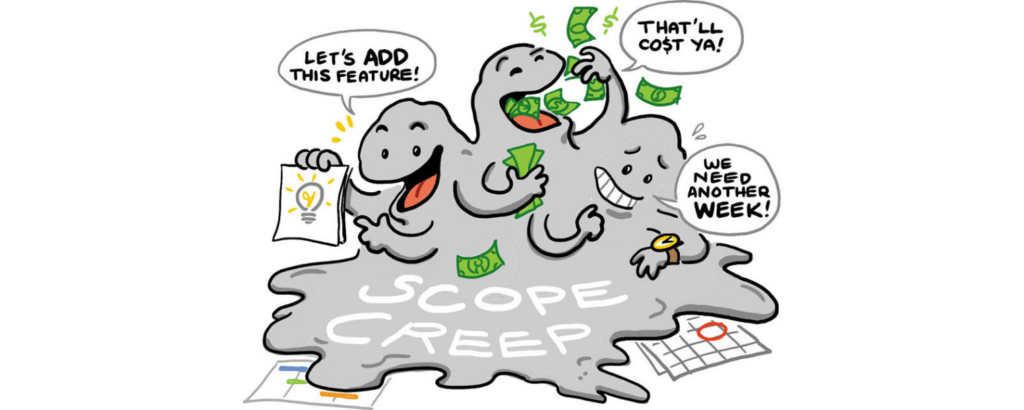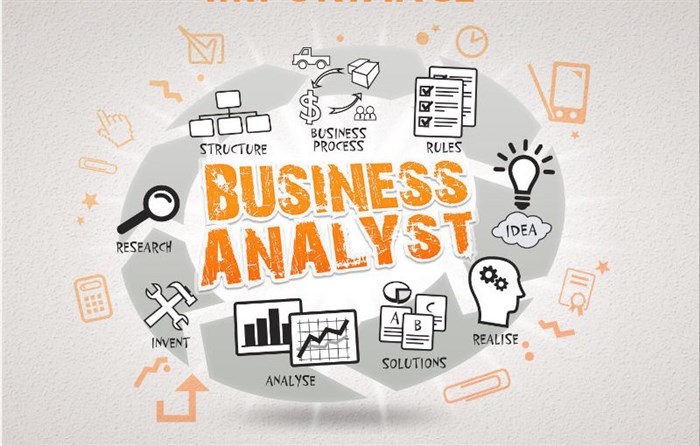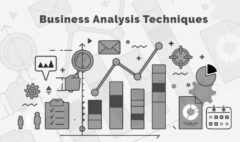5 Common Problems and Recommended Business Analyst Solutions
In the fast-paced world of business, every organization faces its own unique set of challenges.
For businesses to thrive and succeed, these challenges must be met with effective solutions.
This is where skilled Business Analysts come into play. Business Analysts are adept at identifying and understanding business problems, analysing data, and recommending solutions that drive growth and efficiency.
In this blog post, we will explore 20 common problems faced by businesses and the recommended business analyst solutions that Business Analysts can provide to overcome these hurdles.
Problem: Inefficient Processes

Inefficient processes can be a major roadblock to an organization’s growth and success.
As a Business Analyst faced with this challenge, the first step is to conduct a thorough analysis of the existing processes.
This involves collaborating with various stakeholders, including business users, process owners, and subject matter experts, to gather detailed information about the current processes.
By using techniques like interviews, workshops, and observations, the Business Analyst gains insights into the pain points and bottlenecks in the processes.
Once the data is collected, the Business Analyst can proceed with process mapping.
Process mapping is a visual representation of the workflow, highlighting each step, decision point, and interactions between different elements.
By creating process maps, the Business Analyst gains a clear understanding of the end-to-end process and can easily identify areas of inefficiency and redundancy.
As part of the solution, the Business Analyst can recommend process improvements.
This may involve streamlining the workflow, eliminating unnecessary steps, and automating manual processes where possible.
By conducting a cost-benefit analysis, the Business Analyst can assess the impact of proposed improvements and prioritize the most effective solutions.
Deliverables/Documents:
1. Process Maps: Visual representations of the current and proposed processes to illustrate the changes and improvements.
2. Business Requirements Document (BRD): A detailed document outlining the requirements for the new processes, including functional specifications and non-functional requirements.
3. Cost-Benefit Analysis: An evaluation of the costs and benefits of implementing the recommended process improvements to support decision-making.
Real-Life Scenario:
At a manufacturing company, the production process for a specific product line was experiencing delays and quality issues, leading to increased customer complaints and decreased productivity.
As the Business Analyst assigned to address this problem, I began by interviewing production line workers, supervisors, and quality control teams to understand the challenges they were facing.
Through these interviews, I identified several inefficiencies in the production process, such as manual data entry and a lack of real-time monitoring.
To tackle these issues, I created process maps to visualize the current production workflow and identify opportunities for improvement.
I proposed the implementation of an automated data capture system that would eliminate the need for manual data entry and provide real-time monitoring of the production process.
The cost-benefit analysis demonstrated that the investment in the automated system would lead to significant time savings and improved product quality.
With the endorsement of key stakeholders, including production managers and the IT department, the recommended solutions were implemented.
As a result, the production process became more efficient, leading to a reduction in production lead time, fewer defects, and increased customer satisfaction.
The Business Analyst’s role in identifying inefficiencies, recommending solutions, and overseeing the successful implementation of process improvements played a crucial role in driving positive outcomes for the organization.
Problem: Lack of Communication

Effective communication is essential for the success of any project, and when there is a lack of communication between stakeholders, it can lead to misunderstandings, delays, and even project failures.
As a Business Analyst faced with this challenge, the first step is to identify the key stakeholders involved in the project.
This may include business users, project managers, development teams, and other relevant parties.
Understanding their roles, responsibilities, and expectations is crucial for fostering effective communication.
To approach this problem, the Business Analyst can conduct a stakeholder analysis to assess the communication needs and preferences of each stakeholder.
This involves engaging in one-on-one meetings, workshops, or surveys to gather valuable insights about how stakeholders prefer to communicate, the information they need, and the frequency of updates they require.
By tailoring communication strategies based on individual stakeholder preferences, the Business Analyst ensures that the right information reaches the right people at the right time.
As part of the solution, the Business Analyst can produce a Communication Plan. This plan outlines the communication channels, the frequency of updates, and the type of information to be communicated to each stakeholder.
It also establishes a feedback mechanism to ensure that stakeholders have the opportunity to provide input and express their concerns throughout the project lifecycle.
Deliverables/Documents:
1. Stakeholder Analysis: A detailed assessment of stakeholder communication needs and preferences.
2. Communication Plan: A comprehensive document outlining the communication strategy, channels, and frequency of updates for each stakeholder.
3. Meeting Minutes and Status Reports: Timely updates on project progress and decisions made during meetings to keep stakeholders informed.
Real-Life Scenario:
In a software development project, the lack of communication between the business users and the development team resulted in numerous delays and changes in project requirements.
As the Business Analyst assigned to resolve this issue, I began by conducting interviews and workshops with both business users and the development team to understand their perspectives and communication challenges.
Through stakeholder analysis, I identified that the business users preferred regular face-to-face meetings, while the development team preferred concise written updates.
Based on these findings, I devised a Communication Plan that included weekly status meetings with the business users and bi-weekly status reports sent to the development team.
To ensure effective communication, I also implemented a feedback mechanism through which the business users could provide input on the progress of development, and the development team could seek clarifications on business requirements.
This helped bridge the gap between the stakeholders and foster a collaborative and communicative environment.
As a result, the project progressed more smoothly, with fewer misunderstandings and changes in requirements.
The Business Analyst’s focus on effective communication and the implementation of a tailored Communication Plan played a crucial role in improving collaboration between stakeholders and ensuring the project’s success.
Problem: Scope Creep

Scope creep occurs when the project’s requirements and objectives continuously expand beyond the initial scope, leading to increased costs, delays, and potential project failure.
As a Business Analyst faced with this challenge, the first step is to establish a clear understanding of the project’s objectives and scope with all stakeholders involved.
This involves conducting thorough requirements elicitation and analysis to capture all stakeholders’ needs and expectations.
To approach this problem, the Business Analyst can develop a Scope Management Plan.
This plan outlines the project’s boundaries, deliverables, and constraints, and it establishes a robust change control process. By defining the scope and change management procedures upfront, the Business Analyst ensures that any changes to the project’s scope are evaluated and approved before implementation.
Deliverables/Documents:
1. Scope Management Plan: A comprehensive document that outlines the project’s scope, objectives, and change control procedures.
2. Requirements Documentation: Detailed documentation of all gathered requirements, including prioritization and traceability to project objectives.
Real-Life Scenario:
In a software development project, the scope began to creep due to frequent requests for additional features and functionalities from stakeholders.
As the Business Analyst assigned to address this issue, I conducted extensive requirements-gathering sessions with stakeholders to ensure that all their needs were thoroughly captured.
Using the information gathered, I developed a Scope Management Plan that clearly defined the project’s scope, deliverables, and limitations.
The plan also included a formal change request process, where any proposed changes to the project’s scope had to be submitted and reviewed by a Change Control Board.
Throughout the project, I closely monitored all change requests and evaluated their impact on the project’s objectives and timeline.
By following the Scope Management Plan and involving stakeholders in the change control process, we were able to prevent scope creep and maintain focus on the project’s original goals.
As a result, the project was delivered on time and within budget, meeting stakeholders’ expectations and avoiding unnecessary expansions of the scope.
The Business Analyst’s focus on scope management and effective change control played a crucial role in ensuring the project’s success and customer satisfaction.
Problem: Unclear Objectives

When faced with unclear project objectives, Business Analysts must take a proactive approach to establish a clear understanding of the project’s goals and align them with the organization’s broader business objectives.
To address this challenge, the Business Analyst should initiate in-depth discussions and workshops with key stakeholders to elicit and document their expectations and requirements.
By engaging stakeholders early in the process, the Business Analyst can ensure that all perspectives are considered, and any ambiguities are clarified.
To approach this problem, the Business Analyst can produce the following deliverables/documents:
1. Project Objectives Document:
A formal document that outlines the project’s specific goals, deliverables, and success criteria.
This document serves as a reference point throughout the project, ensuring everyone involved is on the same page.
2. Requirements Traceability Matrix (RTM):
A matrix that traces each requirement back to the project objectives, demonstrating how each requirement contributes to the overall goals.
Real-Life Scenario:
In a business process improvement project, the initial project objectives were vaguely defined, leading to confusion among stakeholders about the expected outcomes.
As the Business Analyst assigned to tackle this issue, I conducted individual interviews with key stakeholders and held a workshop to bring them together.
During the workshop, we discussed their expectations and identified common themes and goals. Using this information, I created a Project Objectives Document that clearly outlined the project’s specific objectives, which were aligned with the organization’s strategic vision.
Additionally, I developed an RTM to ensure that each requirement gathered during the requirements elicitation process directly linked back to the project objectives.
By presenting the Project Objectives Document and RTM to stakeholders, we were able to gain consensus and alignment on the project’s purpose.
This clarity significantly improved communication and collaboration among team members, ensuring that the project’s efforts were focused on achieving the intended outcomes.
As a result, the project progressed smoothly, and the team successfully delivered the desired improvements to the business process.
Problem: Resistance to Change

When faced with unclear project objectives, Business Analysts must take a proactive approach to establish a clear understanding of the project’s goals and align them with the organization’s broader business objectives.
To address this challenge, the Business Analyst should initiate in-depth discussions and workshops with key stakeholders to elicit and document their expectations and requirements.
By engaging stakeholders early in the process, the Business Analyst can ensure that all perspectives are considered, and any ambiguities are clarified.
To approach this problem, the Business Analyst can produce the following deliverables/documents:
1. Project Objectives Document:
A formal document that outlines the project’s specific goals, deliverables, and success criteria.
This document serves as a reference point throughout the project, ensuring everyone involved is on the same page.
2. Requirements Traceability Matrix (RTM):
A matrix that traces each requirement back to the project objectives, demonstrating how each requirement contributes to the overall goals.
Real-Life Scenario:
In a business process improvement project, the initial project objectives were vaguely defined, leading to confusion among stakeholders about the expected outcomes.
As the Business Analyst assigned to tackle this issue, I conducted individual interviews with key stakeholders and held a workshop to bring them together.
During the workshop, we discussed their expectations and identified common themes and goals.
Using this information, I created a Project Objectives Document that clearly outlined the project’s specific objectives, which were aligned with the organization’s strategic vision.
Additionally, I developed an RTM to ensure that each requirement gathered during the requirements elicitation process directly linked back to the project objectives.
By presenting the Project Objectives Document and RTM to stakeholders, we were able to gain consensus and alignment on the project’s purpose.
This clarity significantly improved communication and collaboration among team members, ensuring that the project’s efforts were focused on achieving the intended outcomes.
As a result, the project progressed smoothly, and the team successfully delivered the desired improvements to the business process.
Conclusion
Business Analysts are invaluable problem solvers, possessing a unique ability to identify critical issues and deliver effective solutions.
Their skill set encompasses a wide range of capabilities, from streamlining intricate processes to optimizing resource utilization and enhancing customer experiences.
Business Analysts play a pivotal role in driving business success by analyzing data, eliciting requirements, and providing actionable insights to enable informed decision-making.
One of the key strengths of Business Analysts is their capability to understand and address common problems faced by businesses across various industries.
They possess the expertise to assess complex situations, conduct thorough analyses, and propose innovative solutions that align with the organization’s objectives.
By collaborating with stakeholders, Business Analysts ensure that their proposed solutions are not only viable but also effectively implemented to drive tangible results.
Embracing the power of Business Analyst solutions can be transformative for any organization, enabling them to adapt, innovate, and thrive in a dynamic and competitive landscape.
From enhancing operational efficiency to identifying growth opportunities, Business Analysts provide the clarity and guidance needed to navigate challenges and seize new prospects.
Their data-driven approach empowers businesses to make informed decisions, minimizing risks and maximizing returns.
In essence, Business Analysts serve as trusted partners, working hand in hand with businesses to overcome obstacles and propel them towards sustained growth and long-term prosperity.











